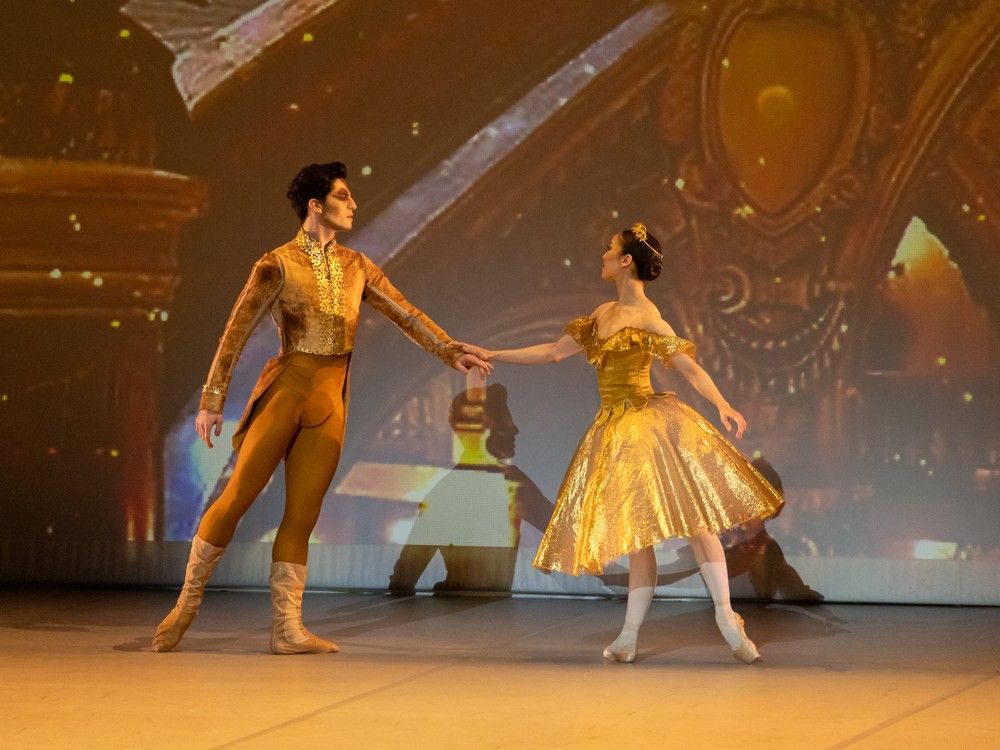Who is the real Buffy Sainte-Marie?

From the early days of her career, Sainte-Marie has claimed to be a Cree woman, born in Canada. She has also allowed herself to be celebrated as an Indigenous icon and success story.
In 2022, CBC broadcast a concert that was held in her honour at the National Arts Centre in Ottawa, where Anishinabe musician ShoShona Kish told the audience: “Buffy Sainte-Marie has led the way for Indigenous music on this beautiful land since her first album.”
However, almost 50 years after stepping onto Sesame Street, the iconic singer-songwriter’s claims to Indigenous ancestry are being contradicted by members of her own family and an extensive CBC investigation.
Late last year, CBC received a tip that Sainte-Marie is not of Cree ancestry but, in fact, has European roots. She is the latest high-profile public figure whose ancestry story has been contradicted by genealogical documentation, including her own birth certificate, historical research and personal accounts — the latest chapter in the complex and growing debate around Indigenous identity in Canada.
- Watch the full documentary “Making an Icon” from The Fifth Estate on YouTube on Friday at 1 p.m. or CBC-TV at 9 p.m. It will also stream on CBC Gem.
Indigenous scholars like Kim TallBear, a professor of Native studies at the University of Alberta in Edmonton and a member of Sisseton-Wahpeton Oyate, say it’s unacceptable for non-Indigenous people to speak for Indigenous people and take honours set aside for them.
“It’s theft of opportunities, resources. It’s theft of our stories,” she said.
For many years, Sainte-Marie claimed she was born on the Piapot First Nation near Regina.
For example, in the 1971 Buffy Sainte-Marie Songbook, which she wrote and illustrated, Sainte-Marie said: “When I go home to the Cree reserve in Canada where I was born, I usually spend a few hours of every day teaching the Cree language.”
In a 1986 interview with the Los Angeles Magazine, she said: “I was born on the Piapot Cree reservation near Craven, Sask.”
Then, her story goes, she was adopted by a Massachusetts couple, Albert and Winifred Santamaria, who raised her near Boston.
She has said later in life, she was reunited with her Piapot relatives and adopted into the community.
Sainte-Marie, whose music career took off in New York City’s Greenwich Village in the early 1960s, even wrote a song about her Saskatchewan connection.
“Take me back to where my heart belongs — Qu’Appelle Valley, Saskatchewan,” the lyrics say.



